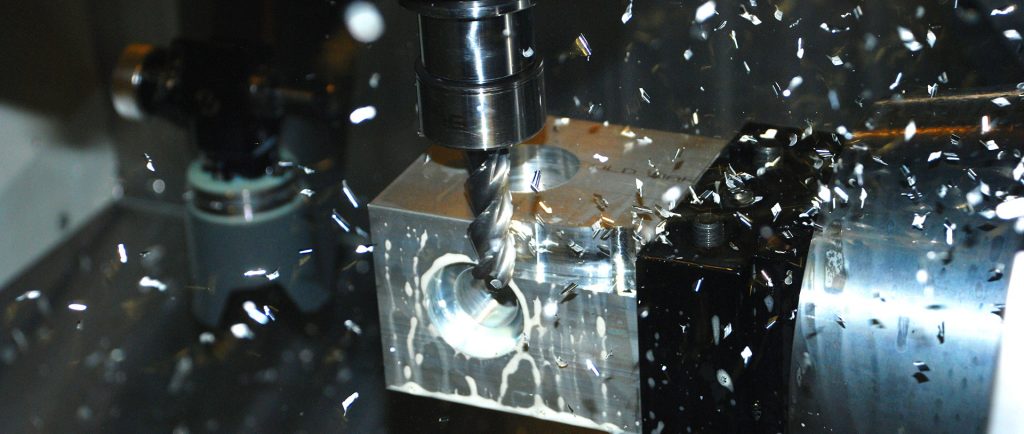Virtually all manufacturing companies needs to smooth and polish the rough surfaces on their manufactured parts. If you’re not familiar with the various types of tumbling media, then you might think that they’re all about the same. However, both the type of material you’re polishing and the type of finishing required play a large role in what in what type of tumbling media is ultimately right for your project. Although your best bet in choosing the right media is contacting a reputable finishing company, here are some of the basic differences in the various medias.
The Basics
All media, for the most part, perform some basic functions. These include cushioning and supporting parts to prevent damage, keep parts separately, improving tumbling or vibratory action, and supplying abrasive. Media should also perform basic work such as cleaning, polishing, and drying. Regardless of what media you choose, it should work on recesses and serve as a carrier for the compound.
Ceramic
Ceramic media is best used for hard metals and heavy cutting, as this media will better support heavier parts than other methods. While plastic media won’t peen, fine threads or hanging burrs can be peened over by ceramic media. You’ll also want to turn to ceramic media when a small media is required.
Plastic
Plastic media is best used for softer metals, like brass and aluminum, or stringy materials. This produces a better surface finish and avoids rolling the burr into a hole. This media will produce an incredibly smooth finish, but it won’t be very shiny. It’s a great option to use when preparing parts for anodizing. Overall, plastic media gives the best surface quality, as it does not discolor metal or peen over burrs. It’s also thirty percent lighter than ceramic media.
Other Considerations
Choosing a tumbling media size is determined by the ability to separate the media from the part, any holes the stone could jam, and the ability of the stone to get to the desired surface. A large tumbling media will give a rapid cut, but a much coarser surface and more rounded edges. Use larger media for when the finish is not incredibly important. Small media offer a slower cut, but a finer surface. Use these smaller media when a high finish is required.



